NORTH SMITHFIELD – An organization that works to study, document, promote and preserve stone structures toured North Smithfield this week, with experts laying out the sites that make the town both unique and important to the region’s early history.
Members of the New England Antiquities Research Association visited North Smithfield on Sunday, Dec. 8 for a tour of Native American ceremonial stones and burial mounds located in the Nipsachuck area.
The area, located in the southwest part of North Smithfield and the northern part of Smithfield, is believed to be an important site associated with Native American use for thousands of years, and the site of important battles of the 1675-76 King Philip’s War.
A group of around a dozen residents, preservationists and members of the Nipmuc Tribe hiked through the snow on the chilly Sunday morning to view some of the more significant spots. Among them were Harvey Buford, president of NEARA and and Chief Red Spirit of the Nipmuc Tribe, along with team members Nathan Smith and Harry Gaudette.
Larry Smith, lead researcher for the North Smithfield Heritage Association’s Native American Ceremonial Stone Landscape Team, led the tour.
The group’s first stop was a cairn field along Blunders Way where they were met by resident Ken Snysyk. Snysyk’s family owns property in the Nipsachuck area, and they have protected the ceremonial and burial stone features located there for generations.
The stop highlighted one roadblock to preserving the historically important sites: many are located on private property. NSHA President Richard Keene credits local property owners like the Snysyks, who he says have “fiercely” preserved such ceremonial stone features.
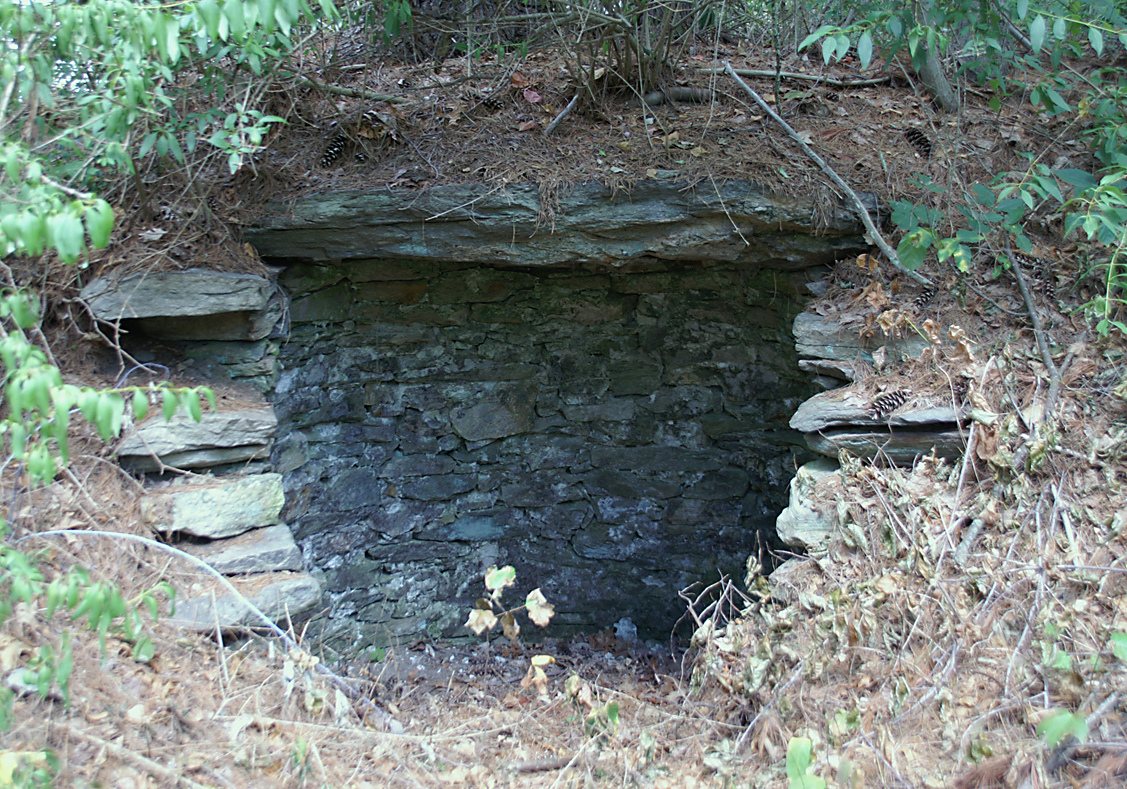
The hikers also visited the Second Battle of Nipsachuck National Battlefield, the scene of a battle on Aug. 1, 1676 during King Philip’s War. A band from the Narragansett Tribe reportedly led the squaw and Sachem Quiappan was brutally massacred by Connecticut Colony dragoons, led by Major John Talcott.
According to Keene, 171 native Americans were killed or captured during the battle, mostly women and children.
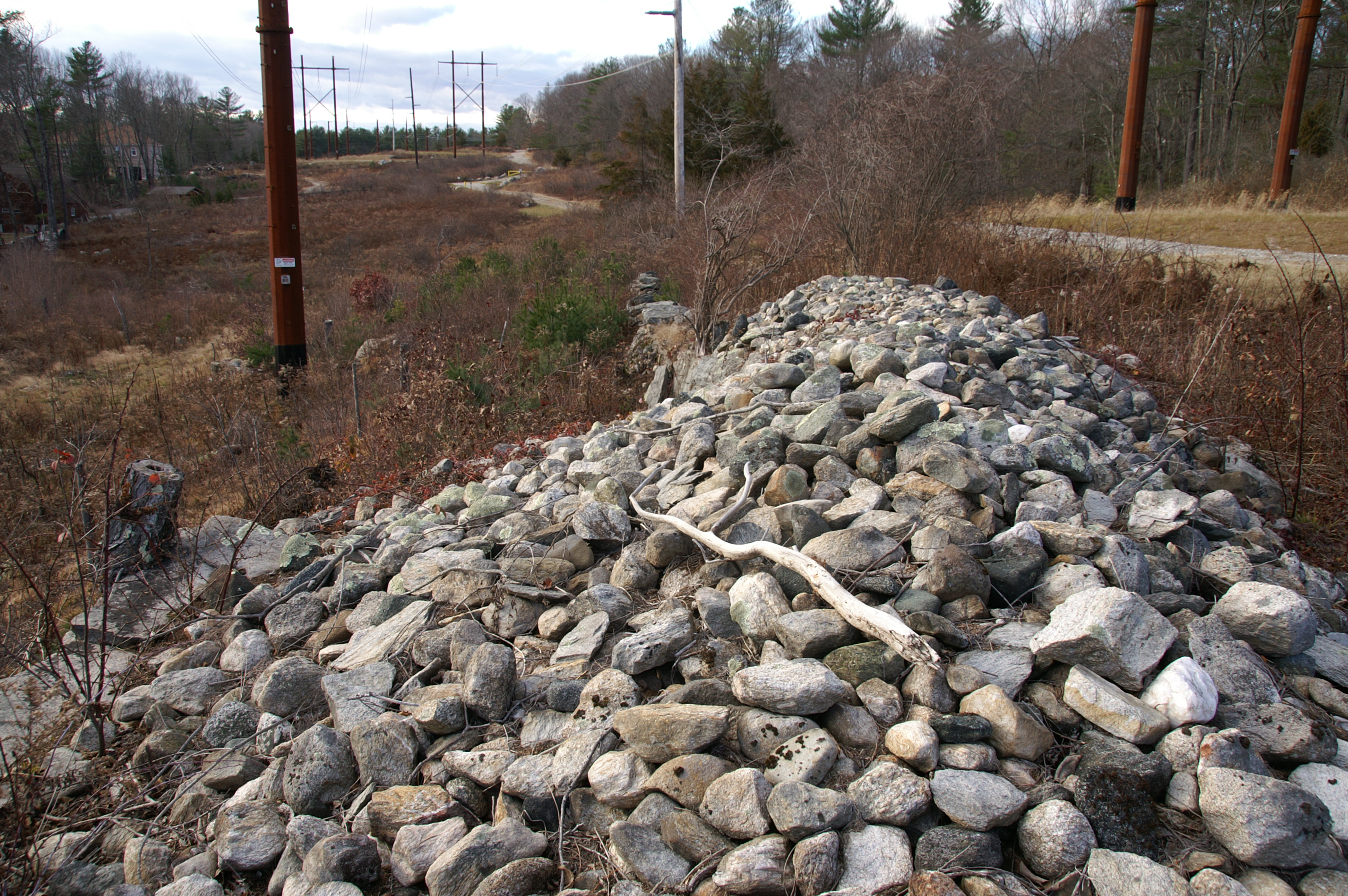
The tour ended in the vicinity of Black Plain Hill, where the group visited a well preserved ceremonial chamber, a huge rock cairn and other stone features.
Keene said the NSHA plans to conduct more historic tours in 2020. For more information, contact the NSHA at [email protected].

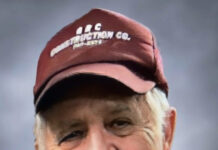
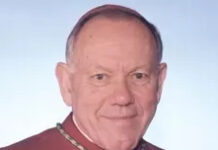
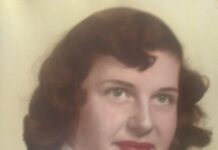
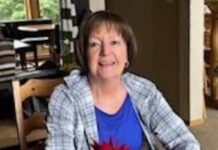
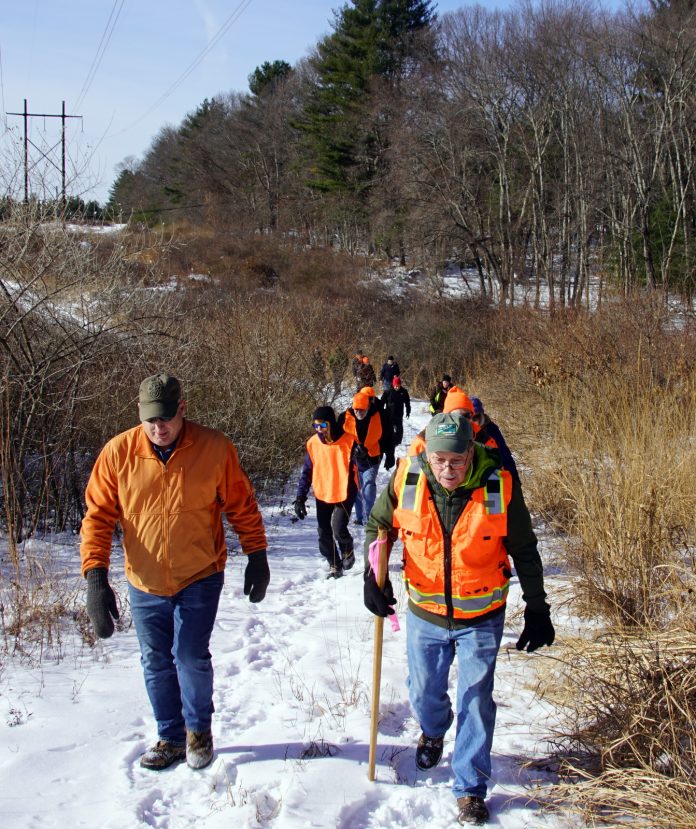


How do you access the area for the second battle of nipsachuck
Thank you